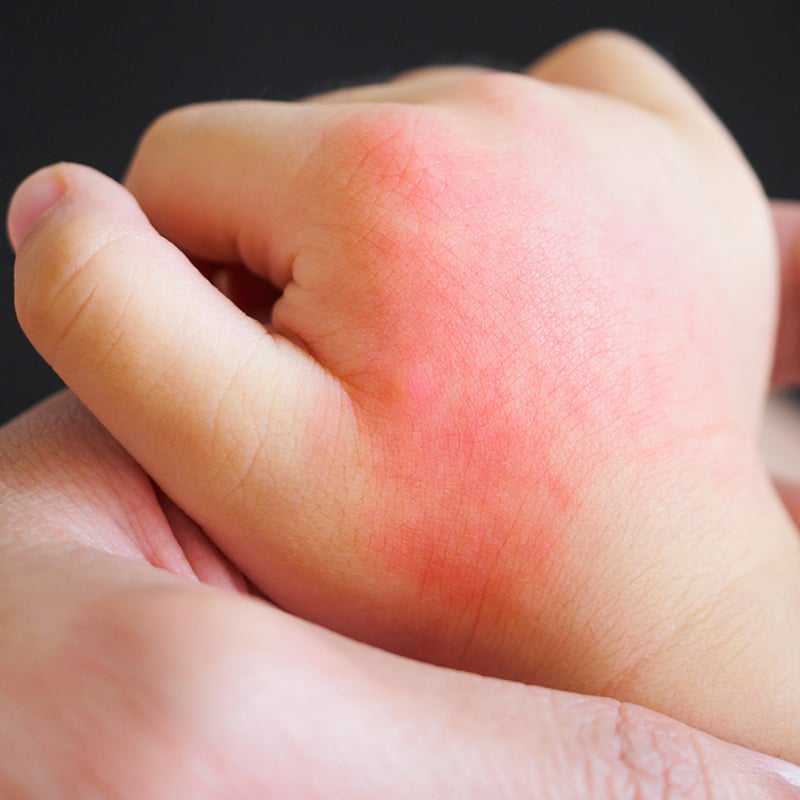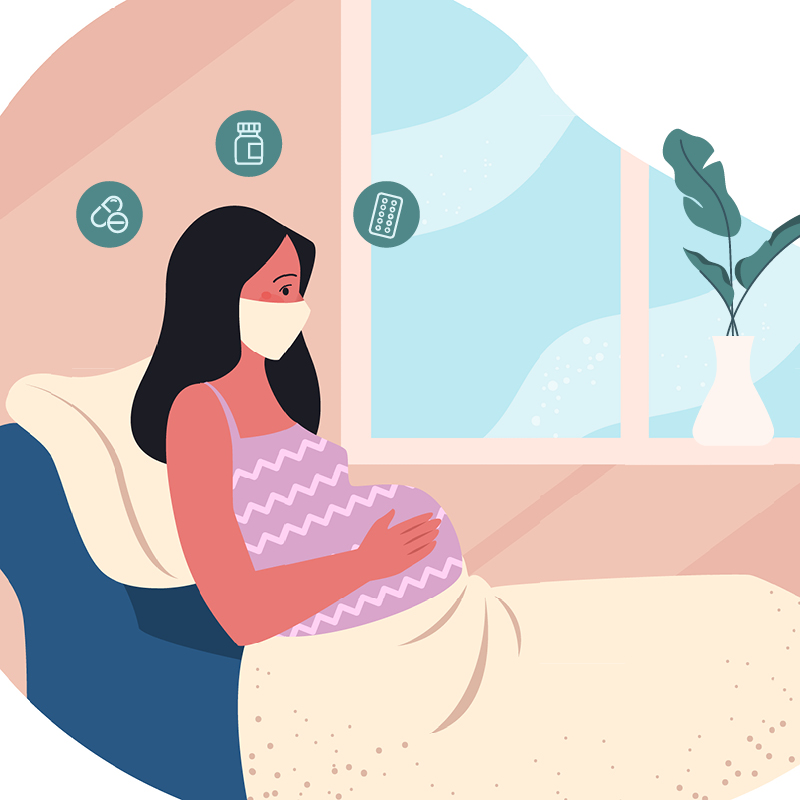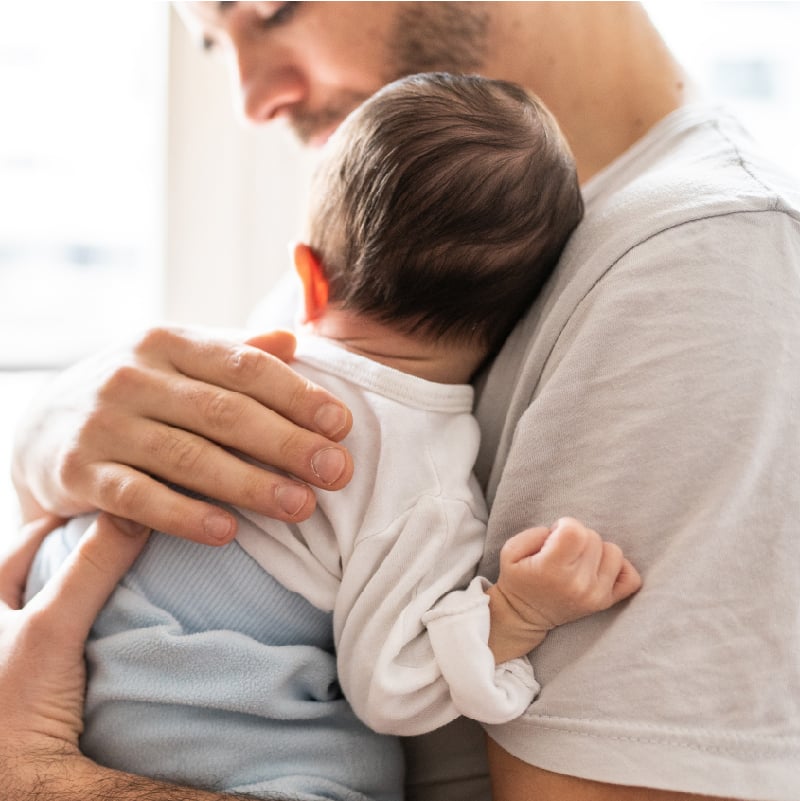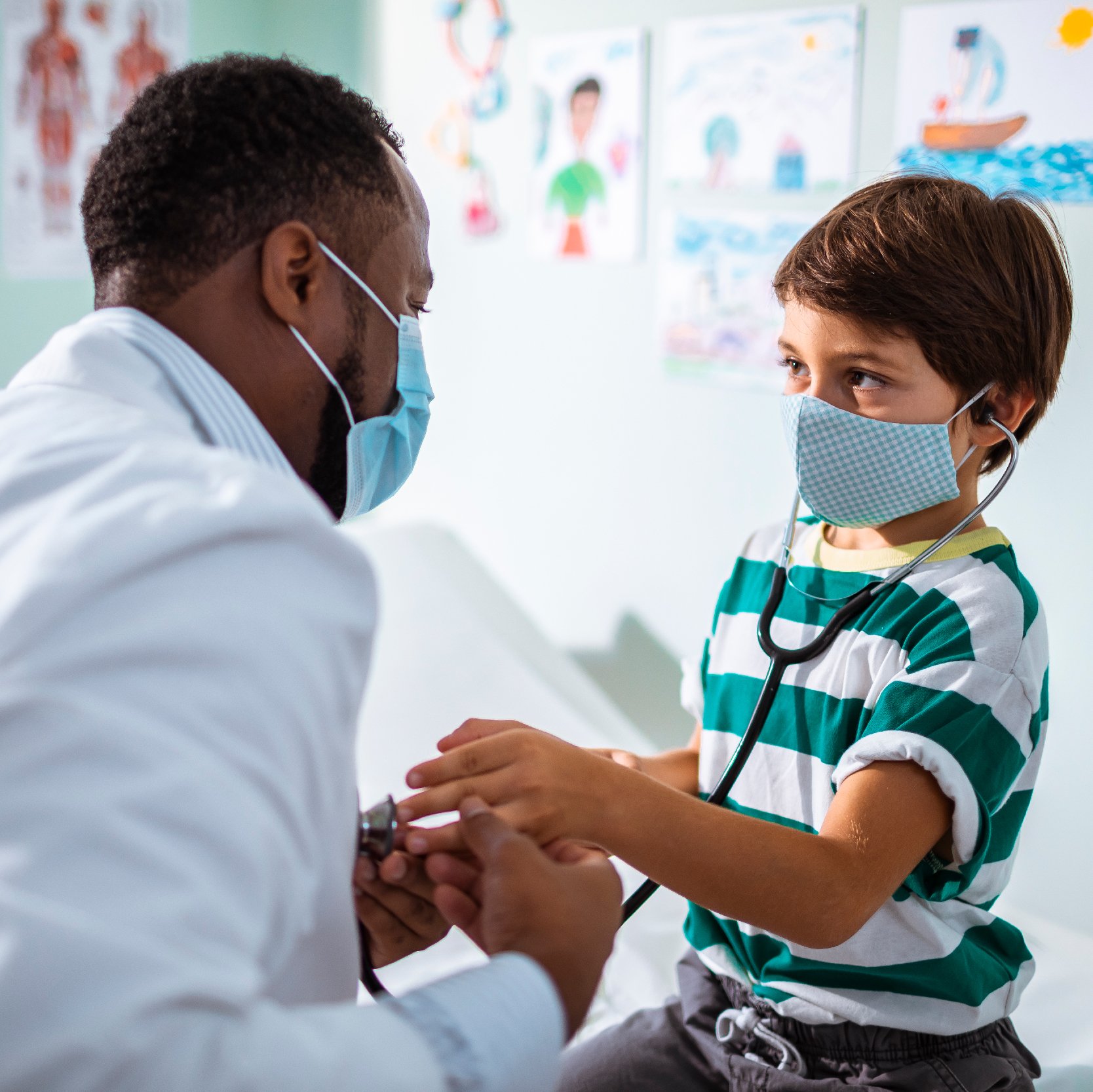Compassionate Pediatric Care for Every Stage of Childhood
Your child deserves the best care, and our pediatrics team is here to provide it. From routine checkups to managing childhood illnesses, we offer compassionate and comprehensive healthcare tailored to your children’s unique and rapidly changing needs. Our goal is to support your child’s health every step of the way, helping them grow strong and healthy from their first newborn checkup through their teenage years.
Our Approach to Pediatric Medicine
Our pediatric care focuses on creating a nurturing environment where your child’s health and development are our top priorities. We emphasize preventive care and early intervention, offering a range of services tailored to meet the unique needs of growing children From newborns to teens, our compassionate pediatricians partner with you to support your child's well-being every step of the way. Plus, with our 24/7 nurse support line, expert advice is always just a call away, giving you peace of mind whenever you need it.
Our Pediatric Services
We provide a broad range of services designed to support your child’s physical, emotional, and developmental well-being.
- Wellness and preventive care
- Routine check-ups, well-child visits, and physical exams
- Sick visits
- Vaccinations and immunizations
- Acute illness and injury treatment
- Chronic disease management
- Developmental screenings
- Hearing and vision screenings
- Lactation support
- Medication prescription and management
- Specialist referrals
- Mental and behavioral health








